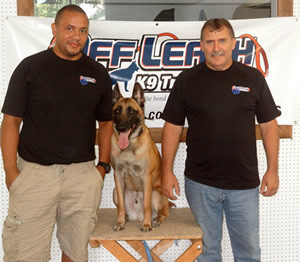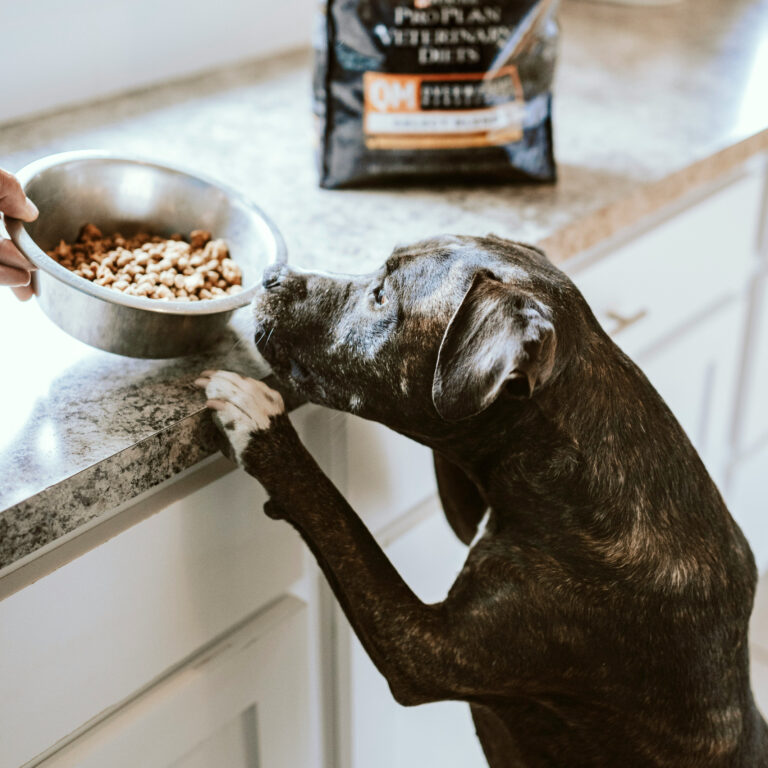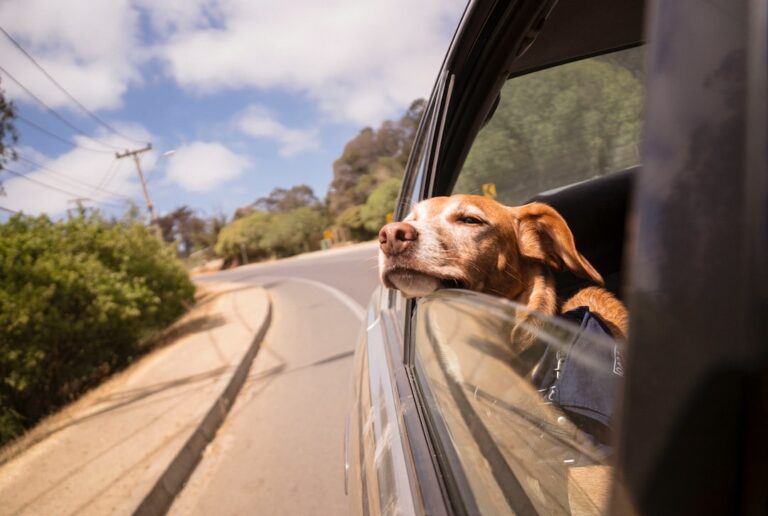Managing Leash Reactivity in Dogs: A Comprehensive Guide
Managing Leash Reactivity in Dogs: A Comprehensive Guide
Learn how to deal with leash reactivity in dogs, including understanding the behavior, identifying common triggers, and using positive reinforcement training techniques, with the help of Dayton Off Leash K9 Dog Trainings expert guidance and personalized programs.
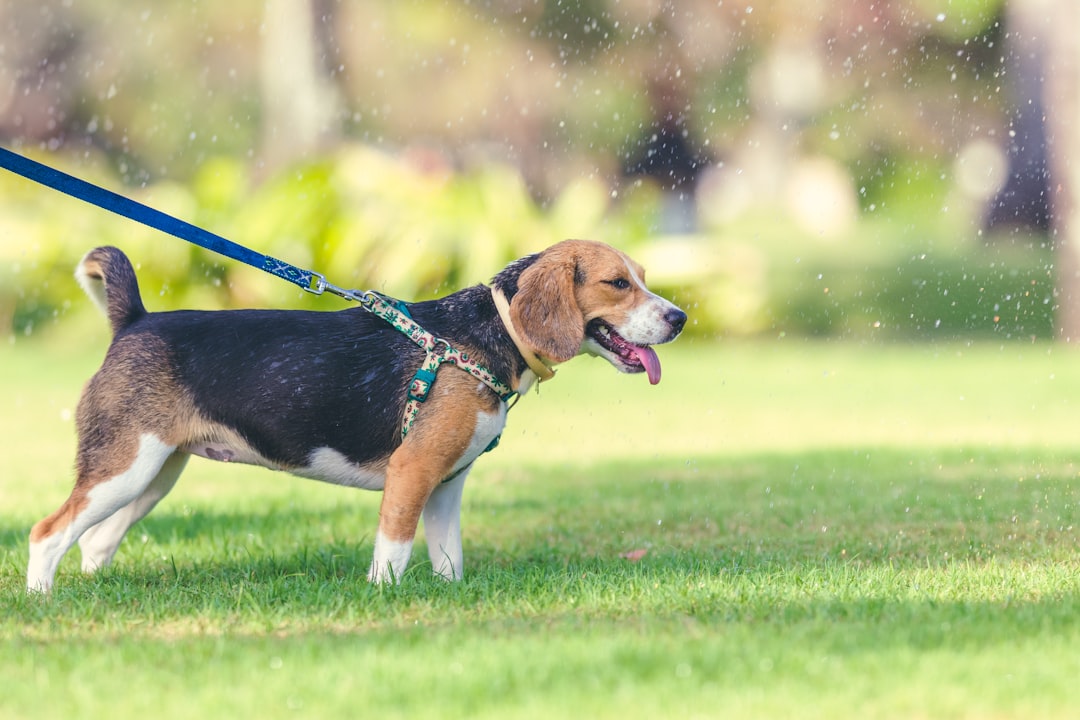
Leash Reactivity in Dogs: Understanding the Behavior
Leash reactivity in dogs is a common behavioral issue that manifests when a dog, while on a leash, overreacts to certain stimuli in its environment. This overreaction often surfaces as barking, lunging, or growling, behaviors that can disrupt peaceful walks or social interactions. It’s important to understand that this is not a sign of a ‘bad dog’, but rather a symptom of underlying emotional distress or fear.
Under normal circumstances, dogs greet each other by approaching from the side and sniffing each other’s genital area. This side approach and sniffing behavior is a non-threatening way for dogs to get to know each other. However, when dogs meet while on a leash, they are forced to approach head-on. This unnatural and direct approach goes against their instinctual greeting behavior and often results in distance-increasing behaviors, such as lunging or growling, in an attempt to create space.
The leash itself plays a significant role in a dog’s reactive behavior. When a dog is on a leash, it may feel trapped or constrained, leading to feelings of frustration, protectiveness, or fear. This heightened emotional state can then result in reactive behaviors as the dog tries to cope with these negative emotions. It’s also worth noting the concept of “trigger stacking.” This is when multiple small triggers accumulate over time, eventually leading to a reactive outburst from the dog. This could be a series of events like a loud noise, followed by a confronting encounter with another dog, topped off by a restrictive pull from the leash.
Understanding leash reactivity in dogs, including its causes and manifestations, is the first step towards addressing the issue. It is a complex problem that requires patience, consistency, and often professional guidance to overcome. Services like those offered by Dayton Off Leash K9 Dog Training can provide invaluable assistance in such scenarios, with their comprehensive, tailored training programs designed to address leash reactivity among other behavioral issues.
Leash Reactivity in Dogs:
Understanding the Behavior Leash reactivity in dogs is a common behavioral issue characterized by overreactive behaviors such as lunging, barking, and growling when on a leash. This behavior is often rooted in the natural greeting behavior of dogs.
Unlike humans, dogs naturally greet each other from the side, sniffing each other’s genital area. However, when dogs are on a leash, they are forced into head-on encounters which are unnatural and uncomfortable for them. This can lead to distance-increasing behaviors such as lunging or growling. In addition to this, the leash itself can make a dog feel protective, frustrated, or fearful, thereby influencing their reactivity. Furthermore, “trigger stacking”, a phenomenon where small triggers accumulate over time, can also lead to reactivity in dogs.
Identifying Common Triggers for Leash Reactivity
The root of leash reactivity in dogs lies in understanding the triggers that prompt such behavior. These triggers come in various forms and are often unique to each individual dog. However, there are common triggers that have been identified by experts in the field of dog behavior and training [1].
One such trigger is the forced head-on greetings that occur when dogs are on a leash. In their natural environment, dogs greet each other from the side and often sniff each other’s genital areas as part of their greeting ritual. However, when dogs are on a leash, they are forced to approach each other head-on, which can be uncomfortable and stressful for them. This forced interaction can lead to what experts call ‘distance-increasing behaviors’, where dogs display signs of aggression or discomfort as a way to increase the space between themselves and the other dog.
Another common trigger is the use of a tight leash. A tight leash can cause a dog to feel trapped and unable to escape from a potentially threatening situation. This feeling of entrapment and stress can provoke aggressive behavior as the dog reacts out of fear or frustration. Other factors that can contribute to leash reactivity include negative associations with certain triggers. For instance, if a dog has had a bad experience with another dog while on a leash, they may react aggressively or fearfully when they encounter other dogs during their walks.
In the process of identifying these triggers, it’s important to pay attention to the specific circumstances in which your dog displays leash reactivity. This could include specific locations, types of dogs, or even certain weather conditions. By understanding these triggers, you can better anticipate your dog’s reaction and take proactive measures to manage their leash reactivity. This is often the first step towards a more peaceful and enjoyable walking experience for both you and your dog.
Keep in mind that every dog is unique, and what works for one dog may not necessarily work for another. It’s all about understanding your dog’s individual triggers and working towards managing their reactions to these triggers. This is where professional dog training comes into play. Companies like Dayton Off Leash K9 Dog Training specialize in understanding dog behavior and can provide valuable guidance in identifying and managing leash reactivity [Customer Product Context].
Positive Reinforcement Training Techniques for Managing Leash Reactivity Positive reinforcement training techniques are effective in managing leash reactivity. These techniques include getting your dog’s attention before going out, rewarding them for looking at you, and avoiding waiting for the dog to react when seeing another dog. It’s also crucial to manage the dog’s environment for safety, avoid approaching other dogs head-on, and ensure consistent and patient training.
Companies like Dayton Off Leash K9 Dog Training specialize in managing and reducing leash reactivity. They offer a comprehensive training program that guarantees a 100% obedient, off-leash, and distraction-proof dog at the end of their program [Customer Product Context].
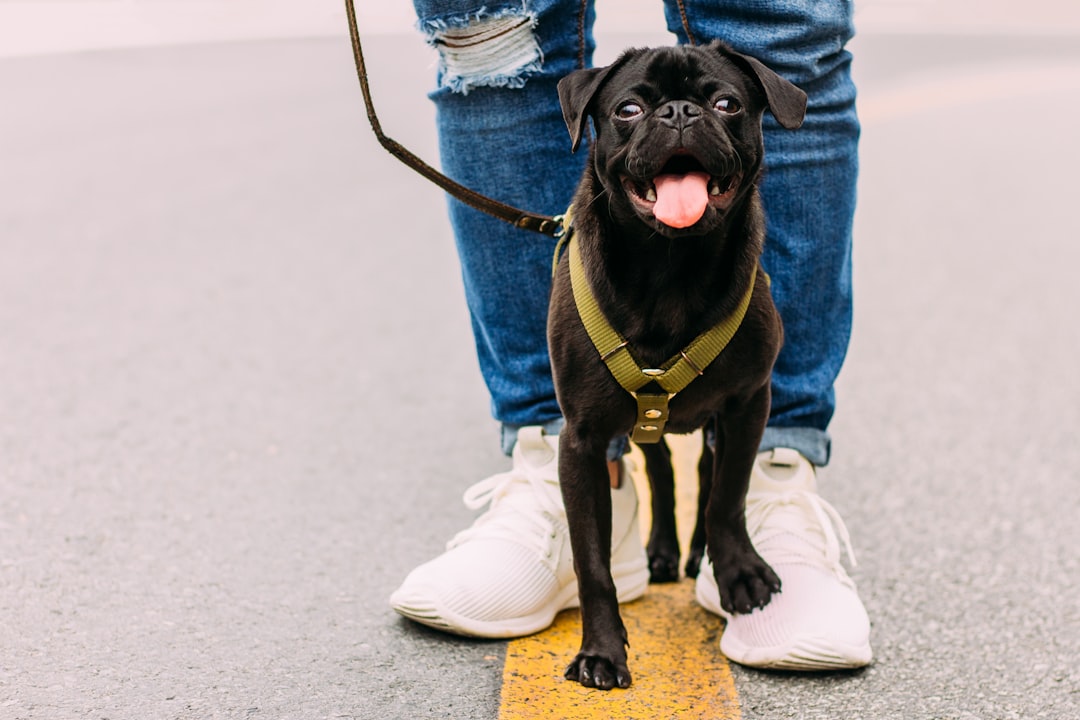
Seeking Professional Help for Leash Reactivity
Professional intervention can often be crucial when dealing with severe cases of leash reactivity in dogs. A professional can better understand the intricate factors contributing to the behavior, such as the underlying causes and triggers of this reactivity. They can not only diagnose the root cause but can also devise personalized training techniques that are most suited to your dog’s temperament and specific triggers.
Professional assistance often comes with in-depth dog behavior consultations, which can significantly aid in uncovering the underlying motivations behind your dog’s leash reactivity. These consultations can reveal insights into your dog’s behavior that may not be apparent to the untrained eye. Additionally, personalized training techniques can be provided, tailored to your dog’s specific needs and behavior patterns. These techniques are designed to effectively manage and control leash reactivity, ensuring a safer and more enjoyable walking experience for both you and your dog.
One such service is Dayton Off Leash K9 Dog Training, a highly respected dog training company. They offer comprehensive dog behavior consultations and are known for achieving remarkable results, as evidenced by their numerous 5-star reviews.
They specialize in creating a strong bond between the owner and dog by helping dog owners understand why their dogs behave the way they do. With their expert guidance, you can expect a 100% obedient, off-leash, and distraction-proof dog at the end of their program. They are just a call away for a free phone consultation, and you can learn more about their training programs on their website at https://daytonohiooffleashdogtrainers.com/.
Alternative Methods and Management Tools for Leash Reactivity
Leash reactivity in dogs can be a challenge to manage. However, there are numerous tools and methods available that can assist in effectively managing this behavior. For example, the use of management tools such as basket muzzles can be highly beneficial. Basket muzzles are designed to allow the dog to eat, drink, and pant while wearing it, thus making it safe and humane. This tool can reduce the likelihood of a reactive dog biting another dog or person, hence promoting a safer walking environment.
Visual barriers can also be utilized to help curb leash reactivity. Blocking the reactive dog’s view of potential triggers can help them remain calm and under threshold. For instance, using a visual barrier like a privacy screen or an umbrella can help block the sight of another dog, reducing the chances of a reactive episode.
Another effective method for managing leash reactivity is through the use of the “Engage and Disengage” game. This training technique is designed to modify a dog’s negative associations with their trigger. The game involves rewarding the dog when they choose to disengage from the trigger, thereby teaching them that looking away from the trigger can result in positive outcomes.
In addition to these methods, it’s also crucial to provide alternative ways to stimulate a reactive dog’s mind for enrichment. Activities such as puzzle toys, scent work, or agility training can offer mental stimulation, which can help reduce stress and anxiety, and in turn, leash reactivity.
At Dayton Off Leash K9 Dog Training, these and other effective training methods are employed to manage and reduce leash reactivity, ultimately working towards a goal of a 100% obedient, off-leash, and distraction-proof dog at the end of their program. Their approach underscores the importance of understanding the dog’s behavior, providing effective management tools, and offering enriching activities to help with reducing leash reactivity [Customer Product Context].

Conclusion and Call to Action
In light of the insights shared, it’s clear that understanding, managing, and reducing leash reactivity in dogs is a significant facet of ensuring their overall well-being. A leash-reactive dog can present challenges, but with patience, consistency, and the right training techniques, it’s possible to mitigate this behavior over time.
The journey towards managing leash reactivity involves recognizing triggers, employing effective positive reinforcement strategies, and understanding the role the leash plays in your dog’s behavior. Remember, each dog is unique, and what works for one may not work for another. As such, tailoring your approach to your dog’s specific needs is paramount.
When dealing with severe cases of leash reactivity, seeking professional help may become necessary. Trainers not only understand the underlying causes and triggers but also have access to a range of personalized training techniques that can help manage and eventually reduce leash reactivity. One such reputable establishment is Dayton Off Leash K9 Dog Training. Known for their effective training methods, they specialize in teaching dog owners to understand the root causes of their dogs’ behaviors, fostering a strong bond between owner and pet.
Dayton Off Leash K9 Dog Training guarantees a 100% obedient, off-leash, and distraction-proof dog at the end of their program. With numerous 5-star reviews, their results speak for themselves. Therefore, if you’re struggling with a leash-reactive dog, consider reaching out for a free phone consultation.
Their dedicated team is ready to assist you in creating a happier, calmer walking experience for both you and your furry friend. Visit their website at https://daytonohiooffleashdogtrainers.com/ to learn more about their training programs and to initiate the journey towards a better understanding of your dog’s behavior.
Would you like a certified trainer to contact you?


